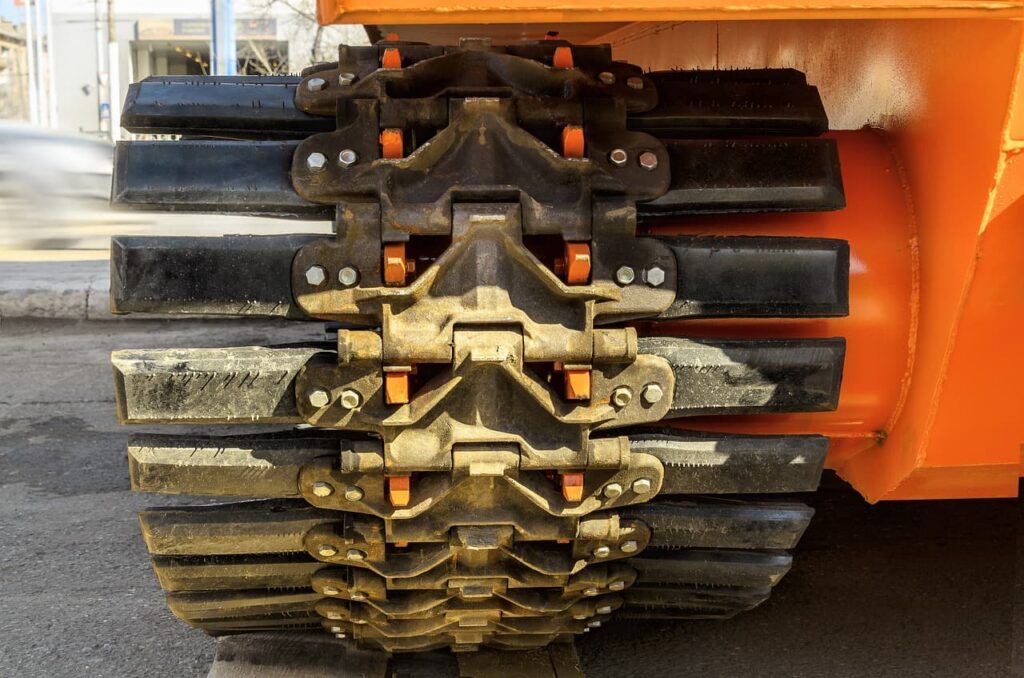The world population is growing rapidly and will reach 9 billion people by 2050. In this environment, agriculture faces the challenge of providing food for all people. Artificial Intelligence (AI) is emerging as a major factor that can revolutionise crop management practices and improve food security, tantamount to helping you find a 400% welcome bonus.
The Role of AI in Agriculture
AI is a technology that analyses vast amounts of data such as information on crop health, soil temperature and weather conditions. This data helps farmers make informed decisions and improve farming practices.
Benefits of AI for crop management:
- Accurate disease diagnosis: AI can analyse plant images and identify signs of disease, allowing early action to be taken.
- Optimising resource use: AI systems help farmers to accurately dose fertiliser and water, reducing costs and minimising environmental impact.
- Weather forecasting: AI processes weather data to provide farmers with accurate forecasts, allowing them to plan crops and harvests.
Satellite Technology Revolution
Satellite technology has undergone significant changes in recent years, significantly altering the way data is collected and analysed in agriculture. Satellites provide high-resolution images and real-time updates, making them affordable even for small farmers.
Applications of satellites in agriculture:
- Water and topography management: Satellite data enables efficient management of water resources and field topography.
- Carbon Mapping: New satellites are equipped with spectrometers that help track carbon levels in the atmosphere.
- Biodiversity monitoring: Satellite imagery helps governments and organisations make informed decisions to protect forests and biodiversity.
Synergy Between AI and Satellite Data
The combined use of AI and satellite data opens up new opportunities for farmers and agribusinesses. AI analyses vast amounts of satellite data and converts it into useful information. This includes monitoring soil conditions, tracking crop growth and predicting potential risks.
With the help of AI, farmers receive accurate recommendations on fertiliser and water use, which can reduce costs and minimise negative environmental impact. This synergy not only helps optimise crop management processes, but also ensures sustainable agriculture in a changing climate.
Sustainable Agriculture and the Environment
As the population grows, so does the pressure on natural resources. Sustainable agriculture is becoming a key element in ensuring food security and protecting the environment.
Adaptive strategies and integrated methods:
- Soil regeneration: Integrated farming practices help to restore soil fertility and reduce carbon footprints.
- Forest ecosystems: Aligning crops with existing trees helps to create a symbiotic relationship, which has a positive impact on forest ecosystems.
Impact of Climate Change
Rising temperatures and erratic precipitation require new approaches to farming. These changes have a significant impact on sowing dates, growing seasons and yields. The application of AI can help adapt to changing conditions and ensure consistent yields.
For example, AI can analyse historical and current weather data to predict optimal sowing and harvesting dates. AI also helps in developing sustainable agricultural practices, such as selecting appropriate crop varieties and cultivation methods.
With these technologies, farmers can better cope with the effects of climate change, minimising risks and losses.

Personalised AI Models and Precision Farming
Personalised AI models can significantly improve precision farming. They provide farmers with personalised recommendations based on data analysis of disease risks and weather conditions.
Examples of successful applications of AI:
- Pradhan Mantri Fasal Bima Yojana programme in India: AI and machine learning technologies are helping to plan farming operations and reduce risks.
- Microsoft Azure projects: AI analyses data and helps farmers make decisions that increase yields.
Challenges of AI Integration in Agriculture
Despite the prospects, the integration of AI in agriculture faces a number of challenges. The main challenges are:
- Technology accessibility: Small farmers in developing countries often lack access to AI technologies and data.
- Ethical issues: It is important to consider data privacy issues and the possible impact on employment.
- Co-operation: Co-ordination between governments, academic institutions and technology companies is needed to overcome these challenges.
The Future of Agriculture and AI
In the coming years, AI will continue to change agriculture, making it more precise and efficient. Technology will improve, allowing for even more innovative solutions on farms.
Predictions for the future:
- Automation: Agriculture will become more automated through the use of autonomous tractors and drones.
- New technologies: The introduction of new AI devices such as smart cultivators will reduce chemical use and labour costs.
- Livestock management: The development of AI solutions for livestock farm management will increase productivity and improve animal health.
- Adaptation to change: Farmers will be better able to adapt to changing climatic conditions, ensuring sustainable food production.
Conclusion
AI and satellite technologies are opening up new opportunities for farmers, helping them to increase yields and reduce costs. Despite the challenges, integrating AI into agriculture is an important step towards sustainable development and food security for a growing population.